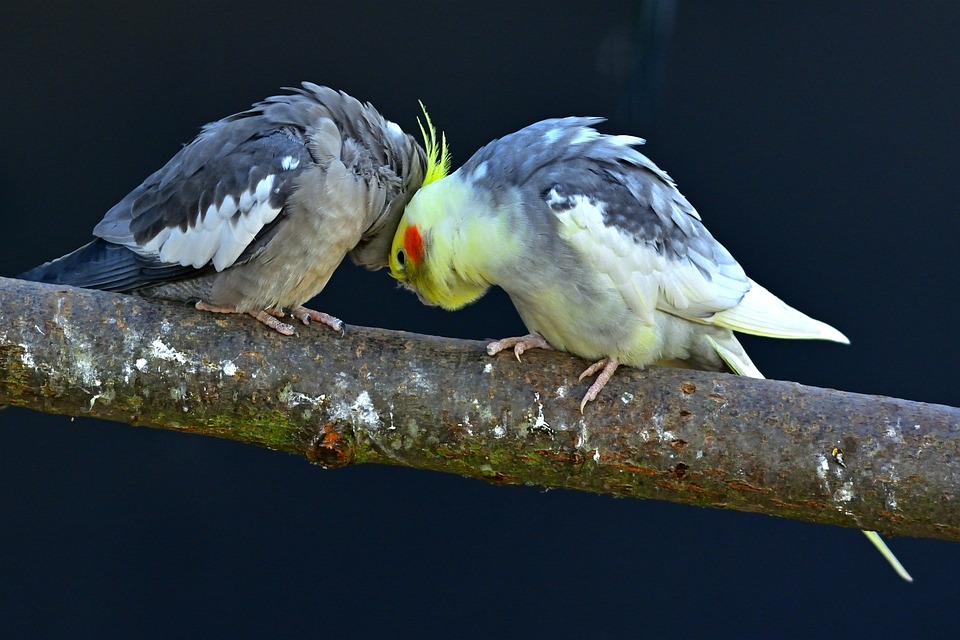Parrots have long been admired for their colorful feathers, ability to mimic human speech, and their knack for communication. However, their intelligence is often underestimated. One aspect of their intelligence that surprises many is their ability to play hide-and-seek games. In this article, we will explore the surprising intelligence of parrots and how they respond to hide-and-seek games.
Parrots belong to the order Psittaciformes, which includes over 393 species known for their high level of intelligence. These birds possess complex cognitive skills, such as problem-solving, tool use, and an understanding of abstract concepts. Their large brain-to-body size ratio is a significant factor contributing to their exceptional intelligence.
Hide-and-seek games have been used by researchers to assess the cognitive abilities of various species, including parrots. These games involve hiding an object, often a treat, and observing how the parrot locates it. The results of these experiments consistently demonstrate the astonishing intelligence of parrots.
When presented with a hide-and-seek scenario, parrots exhibit several cognitive abilities. Firstly, they have excellent spatial memory, allowing them to remember the location of hidden objects over extended periods. They can recall the hiding place and navigate directly to it, even after significant time has passed.
Parrots also engage in systematic problem-solving to discover hidden objects. They use visual cues, memory recall, and logical reasoning to locate the hidden treat. This ability showcases their advanced cognitive skills.
Additionally, parrots demonstrate a conceptual understanding of the hide-and-seek game. They grasp the rules and objectives, understanding that the object is hidden and needs to be found. This showcases their ability to understand abstract concepts.
In some instances, parrots have been observed using tools to aid in their search for hidden objects. They may manipulate objects in their environment, such as sticks or toys, to extract the hidden treat. This behavior highlights their problem-solving capabilities and adaptability.
While hide-and-seek games have been primarily studied in select parrot species, such as African grey parrots and Amazon parrots, it is likely that most parrot species possess similar cognitive abilities and can engage in these games. Parrots have also shown the ability to initiate hide-and-seek games with humans and other parrots. This requires a certain level of cognitive understanding, trust, and a bond with their human caretakers.
Playing hide-and-seek games provides mental stimulation for parrots, helping to prevent boredom and cognitive decline. It also strengthens the bond between parrots and their human companions through interactive play. Additionally, hide-and-seek games can be utilized as a positive reinforcement training method for parrots. By associating rewards with finding hidden objects, parrots can learn new commands, improve their problem-solving skills, and enhance their overall cognitive abilities.
In conclusion, the intelligence of parrots is truly remarkable. Their aptitude for playing hide-and-seek games showcases their problem-solving skills, spatial memory, and conceptual understanding. By engaging in interactive activities like hide-and-seek, we can provide parrots with mental stimulation, strengthen our bond with them, and gain further insight into their astonishing intelligence.









